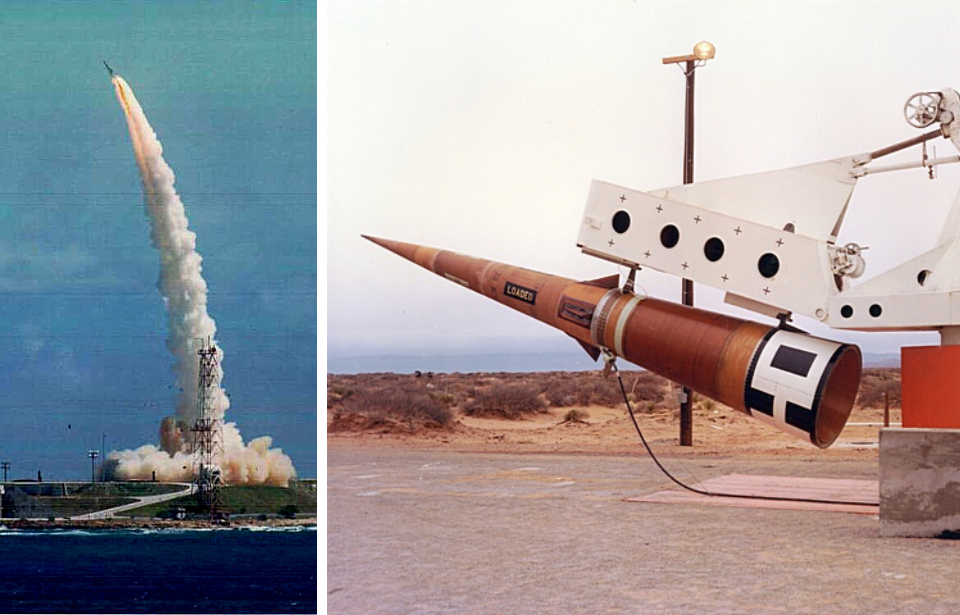After years of speculation and planning, the US military began developing an anti-ballistic missile (ABM) that could intercept Soviet re-entry vehicles (RVs). Called the Sprint missile, it saw use by the US Army between 1975-76, and was capable of reaching incredible speeds in a matter of seconds.
The weapon proved beneficial for only a short period of time, however, as policy changes brought an end to its use.
Last-ditch defensive strategy
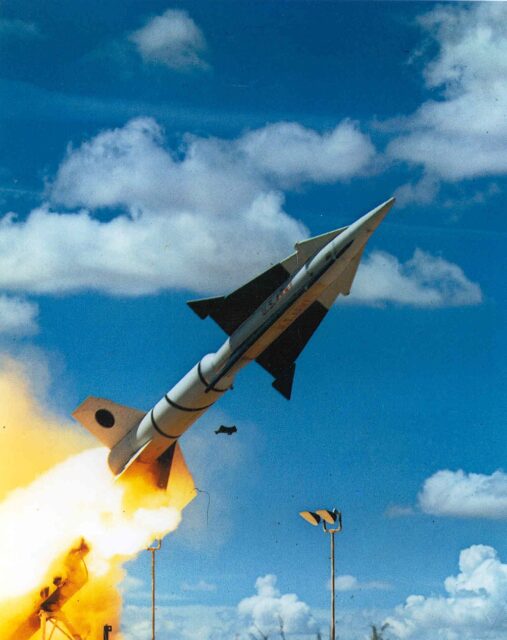
As early as the 1940s, the US military began toying with the idea of developing a weapon that could shoot down theater ballistic missiles (TBMs). In 1955, the US Army gave Bell Telephone Laboratories a contract to solve the issue. The company reported that an anti-ballistic missile dedicated to stopping TBMs was within their technological means, and that one could be developed through small changes to the Nike Hercules surface-to-air missile (SAM).
Bell began developing the Nike Zeus in 1955. Upgrades included powerful radar to detect intercontinental ballistic missiles (ICBMs) early enough to successfully fire upon them, as well as faster, more modern computers. In 1959, tests on the Nike Zeus were carried out, and, three years later, a base was established on Kwajalein Island. The ABM proved successful in intercepting test missiles and targeting low-flying satellites.
Issues with the Nike Zeus
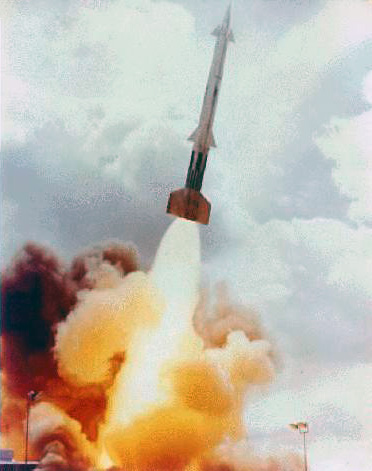
During development of the Nike Zeus, it became clear the ABM had quite a few issues that made it easy to defeat.
As it used 1950s-era mechanical radar, the number of targets it could track were limited. A report at the time even suggested that four warheads had a 90 percent chance of destroying a Nike Zeus base. This initially didn’t seem like a big issue, but, as ICBMs became less expensive to produce, the threat of the Soviet Union using them against the United States became more probable.
Over time, even more problems presented themselves. After nuclear testing in space in 1958, it was found radiation from warhead detonations would blanket large areas, blocking radar signals above an altitude of 60 km. If the Soviets caused an explosion above a Nike Zeus site, they could prevent observation until it too late to launch a counterattack.
Additionally, they could use radar reflectors on their warheads, which created multiple false targets.
Replacing the Nike Zeus with the Nike-X
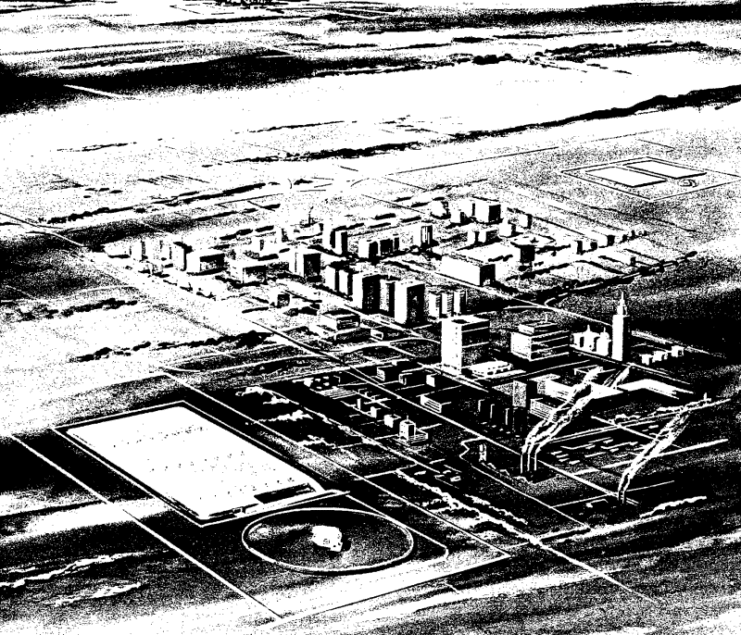
Then-Secretary of Defense Neil H. McElroy commissioned the Advanced Research Projects Agency (ARPA) to study the issues. It concluded that both the high-altitude nuclear explosions and radar decoys stopped working in the lower atmosphere, where thickening occurred. To bypass this, the recommendation was to wait until the warhead descended below 60 km, after which they could, once again, be detected by radar.
However, this posed its own problem. These warheads would be traveling at speeds of Mach 24, so similar-speed missiles would be needed to prevent them from reaching their targets.
Following this, McElroy’s replacement, Secretary of Defense Robert McNamara, suggested to President John F. Kennedy that he should use the funds allocated to the Nike Zeus to develop the ARPA’s system. His argument convinced the president, leading to the development of the Nike-X.
Introducing the Sprint missile
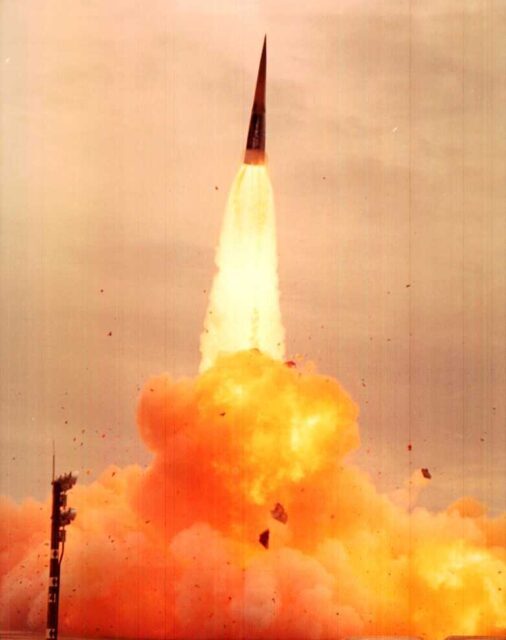
The Sprint missile became the focal point of the Nike-X program. Equipped with a W66 thermonuclear warhead, it was designed to attack re-entry vehicles (RVs) at 60 kilometers.
The Sprint was 27 feet in length and weighed 7,500 pounds. To successfully launch, the cover was blown off the silo in which the missile was held, after which it was ejected by an explosive-driven piston. Once clear of the silo, it angled itself toward its target, after which it was controlled by ground-based radio command guidance. This tracked incoming RVs using phased array radar and guided the missile to its target, destroying it through neutron flux.
The performance had be incredible. As such, the missile was developed to accelerate at 100 g and reach Mach 10 in just five seconds. As the missile reached such a high velocity at relatively low altitudes, its skin temperature could reach up to 6,200 degrees Fahrenheit. An ablative shield was used to counter this, and a unique plasma was formed around the missile that caused it to glow white as it flew.
Powerful radio signals were required to penetrate the plasma and guide the weapon to its target.
HIBEX missile
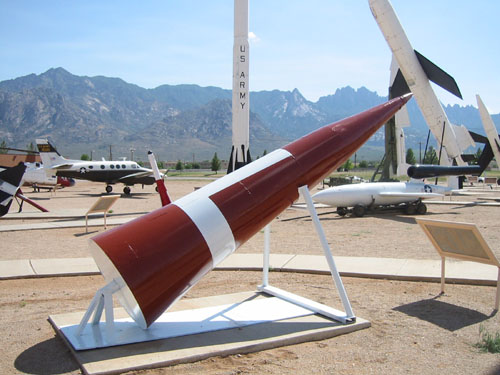
The High Boost Experiment (HIBEX) missile is considered a kind of predecessor to the Sprint missile, as well as its competitor. It was another high-acceleration missile designed in the early 1960s, and it actually provided a technological transfer to the Sprint development program.
Unlike the Sprint missile, the HIBEX had a high initial acceleration rate of nearly 400 g. Its role was to intercept RVs at an even lower altitude – as low as 20,000 feet. Unlike the Sprint, it featured a star-grain “composite modified double-base propellant” that was created by combining zirconium staples with aluminium, double-base smokeless powder and ammonium perchlorate.
Sprint II missile and the end of the Nike-X program
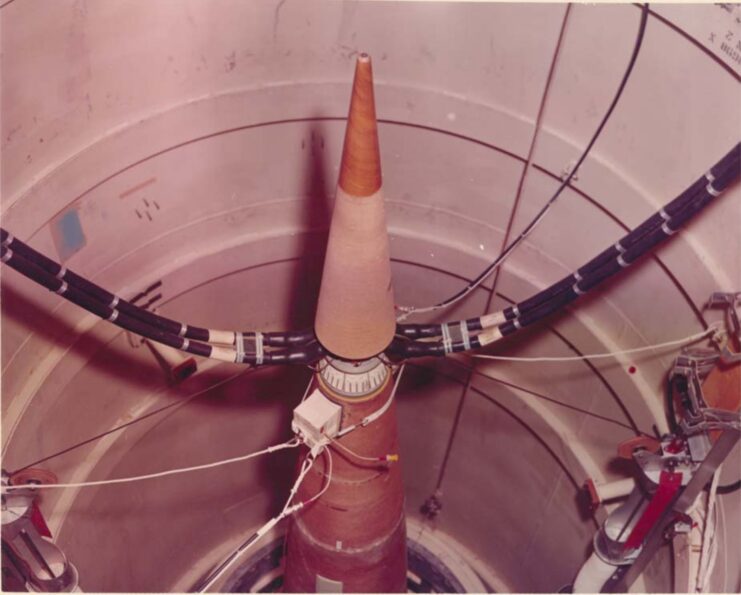
Eventually, the Nike-X was transformed into the Safeguard Program, and the Los Alamos National Laboratory began looking at alternative warheads for a new design. Soon after, work on an improved Sprint II missile began.
In 1971, the Sprint II was incorporated into Safeguard as a means of protecting Minuteman missile fields. Its interceptor had a slightly-reduced launch dispersion, compared to the missile’s predecessor, which increased hardness while decreasing miss distance, making it more accurate.
Los Alamos continued to work on optimizing the design. However, the two missiles were operational for only a short period of time.
More from us: The Owen Gun Was Favored By Australian Troops for Its Reliability In the Pacific Theater
Changes in US and Soviet ABM policy came about during the 1970s, which placed the efficacy of the Safeguard Program into question. It became considered unnecessary, as well as expensive, and was ultimately canceled. It’s unclear when work on the Sprint II was officially canceled, but reports continued to come out into 1977.
